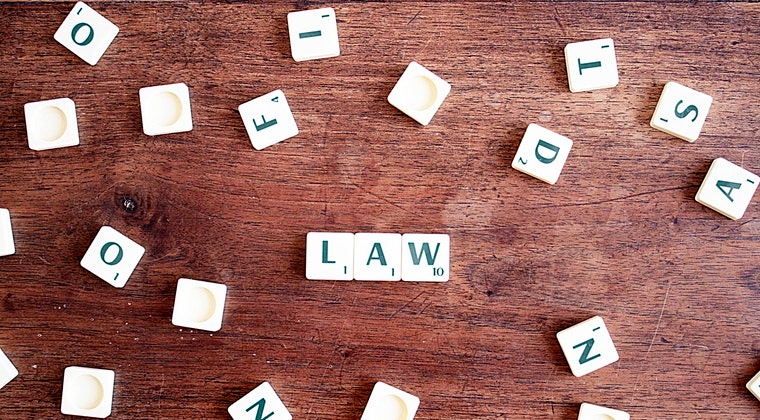Every year millions of dollars are spent on new equipment, computers and assets. But little thought is given to how the organisation will dispose of the assets they’re replacing. As a result, thousands of dollars are wasted while piles of unwanted equipment clutter the office, warehouse or storeroom.
Sound familiar?
It doesn’t have to be this way. All you need is an asset disposal plan.
An asset disposal plan is a strategy that outlines how an organisation’s assets are disposed of when they reach their end of life.
Most importantly, it helps ensure that you are getting the best value at every stage of your investment, right to its very end. In other words, it maximises value for money.
After all, this is one of the main goals of procurement. Just as you aim to maximise value for money when you acquire goods, so too should you aim to maximise value when you dispose of goods.
What to consider when creating an asset disposal plan
There are a few essential factors to consider when creating your asset disposal plan:
-
How will you meet the relevant environmental practices? For IT asset disposal, this is now a necessity.
-
How can you maximise value from various types of assets? Not all assets should be treated the same. Consider different policies for different types of assets, such as plant equipment, furniture, IT and more.
-
What disposal methods are available to your organisation?
-
Who will be using the plan? Consider the types of staff who are responsible for disposing of goods.
-
Is there an existing policy in place? For example, State Governments have strict protocols for disposing of assets. The WA Government says that a public authority must dispose of goods in a manner that is ethical, equitable, efficient and, where practical, maximises a value outcome for government (in the form of public benefit or financial return). The same goals could easily also apply to a private organisation.
What steps should you take?
The exact asset disposal plan will depend on your organisation. At a very basic level, these are the first four steps you should consider:
-
Decision to dispose of goods – Are the goods surplus, obsolete or damaged? Are they definitely ready to be disposed of? Weigh up the cost of continued repairs and maintenance versus the cost of new goods.
-
Undertake valuation – What is the value of the goods? Australian state governments tend to have a different procedure depending on whether the goods are valued over or under $10,000.
-
Identify disposal options – What are your disposal options? E.g. Recycling, donation, auction, trade in with supplier, destruction, etc.
-
Evaluate disposal options – Examine costs and benefits of each disposal method. Use a matrix to systematically examine each option.
This is just the beginning. For the complete step-by-step checklist, click here.
Getting the maximum value out of your goods and equipment is something you can plan for all the way through to its end of life. That’s why it pays to have an asset disposal plan. If you’re unsure how to write an asset disposal plan, or want to learn more, join our online short course.






